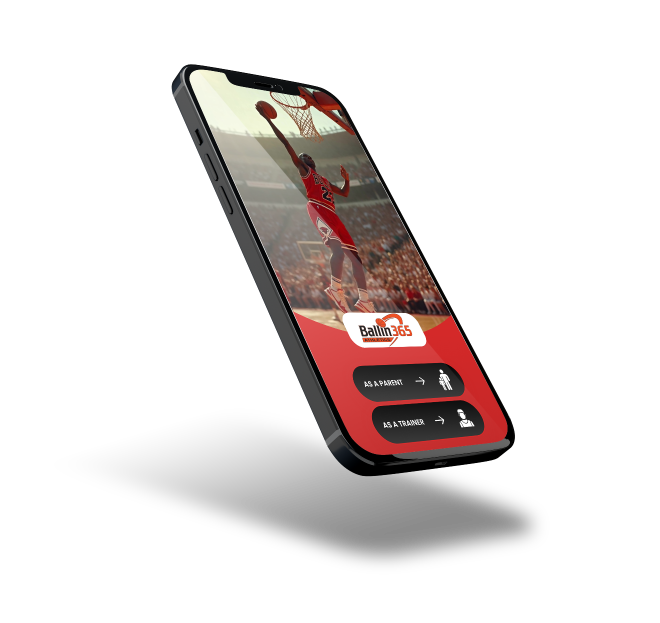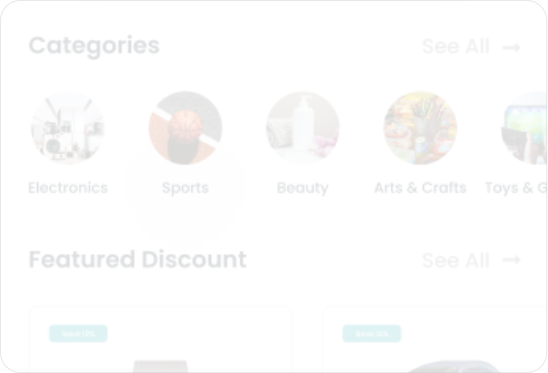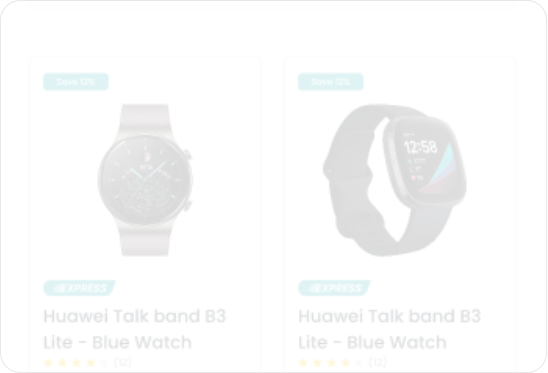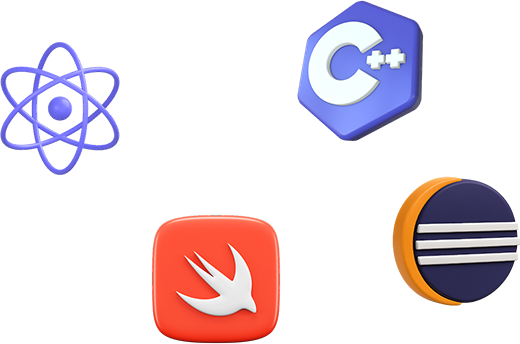

Ballin365 is a basketball training platform offering structured, interactive experiences for players, facilitated by admins. It offers skill diagnostics, personalized plans, trainer assignments, and online coaching via Google Meet.
Ballin365 blends in-person training with digital coaching, giving players personalized feedback through uploaded practice videos.
Ballin365 delivers personalized, dynamic, and data-driven training tailored to each athlete’s age, skill level, and goals.
Ballin365 fosters trust and collaboration by connecting athletes, families, and coaches through real-time updates and transparent reports.
Ballin365 is a personalized basketball training app offering virtual coaching, skill tracking, and parent-trainer collaboration.

The platform offers a curated library of basketball drills categorized by skill level and focus area for targeted player development.

The app allows users to schedule flexible virtual training sessions via Google Meet, allowing them to integrate training into busy schedules.

The app lets users upload practice videos for real-time feedback from their trainer, making coaching more interactive and effective.

The platform offers direct messaging with trainers, enabling personalized support and real-time feedback on drills and exercises.
The steps taken from the preliminary development considerations to the final release of the app.

A brief overview of the target audience, their needs, and how the product is tailored to solve their specific problems or improve their daily experience.
An outline of the strategic and technical decisions made during development—platform selection, architecture, tools, and methodologies that shaped the foundation of the app.
A deep dive into the visual and user experience design—color schemes, branding, UI components, and how the design was crafted to be intuitive, engaging, and aligned with user behavior.
Details on how complexity was reduced in both user flows and functionality—ensuring ease of use, smooth navigation, and minimal learning curve across all user types.
Insights into the testing phase—how the app was tested with users, what feedback was collected, how bugs were resolved, and how usability improvements were made based on real user input.
An explanation of the systems or features used to monitor app performance, user behavior, and data insights post-launch—helping stakeholders track success and usage trends.
Describes the delivery process—how documentation, admin tools, or training were provided to clients or stakeholders, ensuring a smooth transition and operational readiness.
A section dedicated to the app’s future roadmap—plans for updates, new features, continuous feedback loops, and the long-term vision for evolving the platform.
Showcases the app’s unique selling points and differentiators—what makes it memorable, competitive, and valuable in its industry or market.
1
Who’s It For2
Choosing How to Build3
Designing the Look4
Making it Simple5
Testing & Feedback6
Keeping Track7
Handing Over8
Always Improving9
Helping It Stand OutPartner with CMOLDs and turn your app idea into reality with expert app developers and designers on deck!